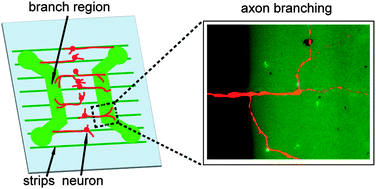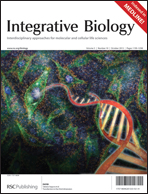Change of laminin density stimulates axon branching via growth cone myosin II-mediated adhesion
Abstract
Axon branching enables neurons to contact with multiple targets and respond to their microenvironment. Owing to its importance in neuronal network formation, axon branching has been studied extensively during the past decades. The chemical properties of extracellular matrices have been proposed to regulate axonal development, but the effects of their density changes on axon branching are not well understood. Here, we demonstrate that both the sharp broadening of substrate geometry and the sharp change of laminin density stimulate axon branching by using


 Please wait while we load your content...
Please wait while we load your content...